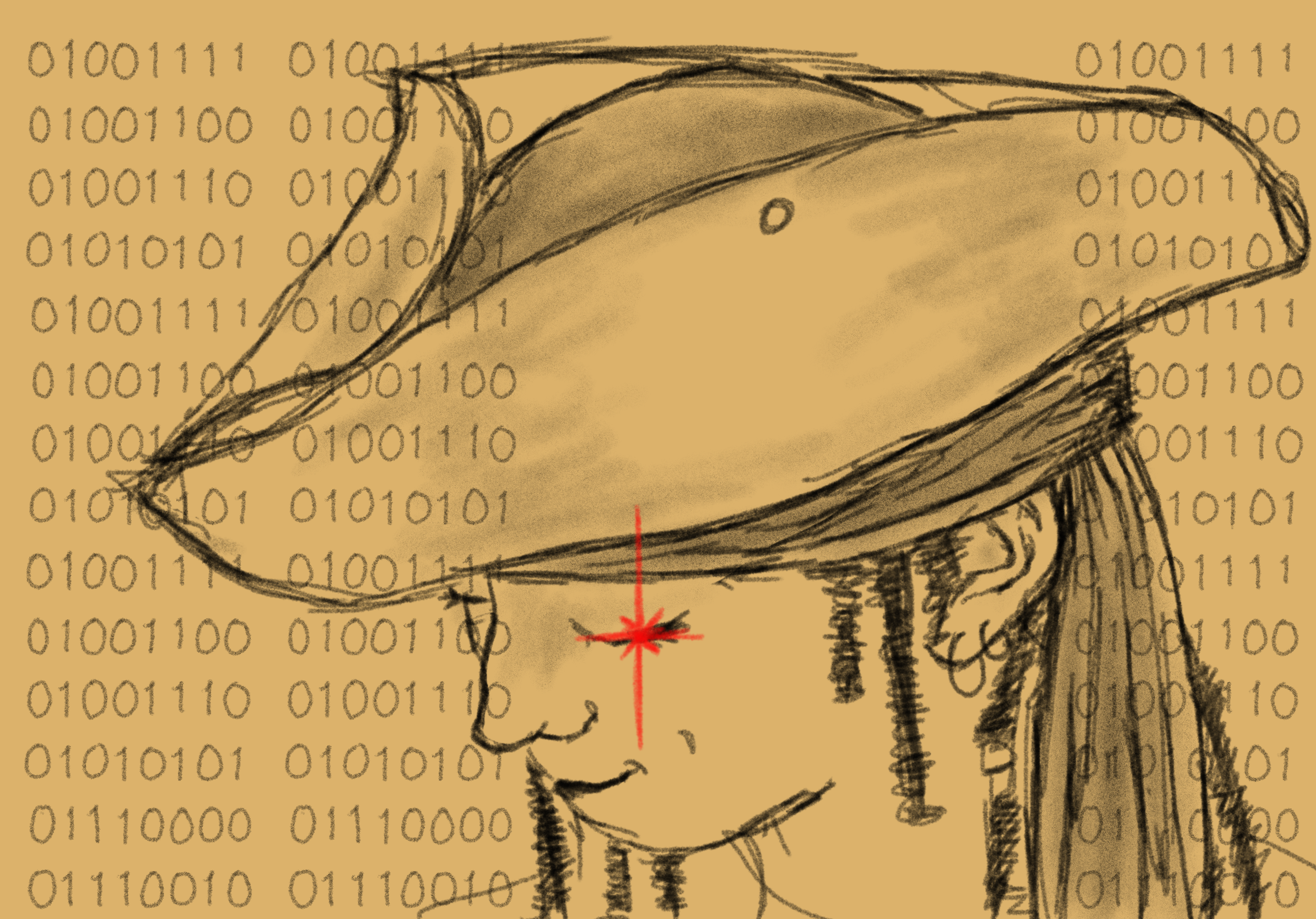Written in the first person, the narrator is a teenager Frenchie who tells about his life in a dystopian future world where white people have lost the ability to dream. To combat the consequent depression, white people pursue Indigenous peoples to extract their marrow: the only way to fight the illness. Frenchie goes into hiding and meets a group of people who save him from death and become his family.
The novel has a skillfully constructed plot that keeps the reader engaged all the time by use of constant set-ups, pay-offs and major reversals. The interspersion of events with stories about each character’s background helps readers believe the narrative and feel an emotional investment in the lives of the protagonists. Apart from a dynamic story and rounded characters, the novel raises significant topics. Specifically, the importance of caring about the environment, the significance of Indigenous cultures and deep appreciation of relative bonds. Each of the topics is developed consistently throughout the novel via lively dialogues and vivid scenes and reaches full revelation in the novel’s climax.
One particular scene is a strong example of how these topics are developed in The Marrow Thieves. In contrast to the white peoples’ unsustainable approach to land, portrayed in the novel, Frenchie displays great wisdom during hunting. When he sees a large moose, he does not shoot it because of the following thoughts, “So we’d be leaving half, at least half, behind to rot” (31). The juxtaposition of an imprudent management of resources and a moral responsibility to not take more from nature than necessary conveys the novel’s argument against the exploitation of nature. This is but one example of excellently constructed scenes that develop the key motifs of the novel.
The Marrow Thieves comes highly recommended because it is a deep story that engages critical thinking and is also brilliantly written.




